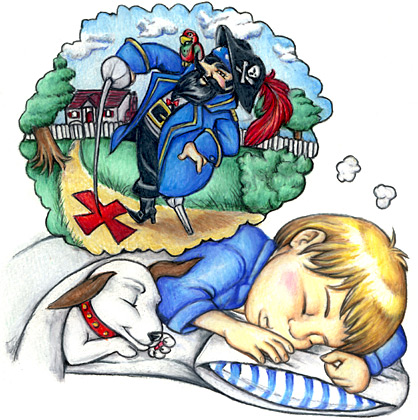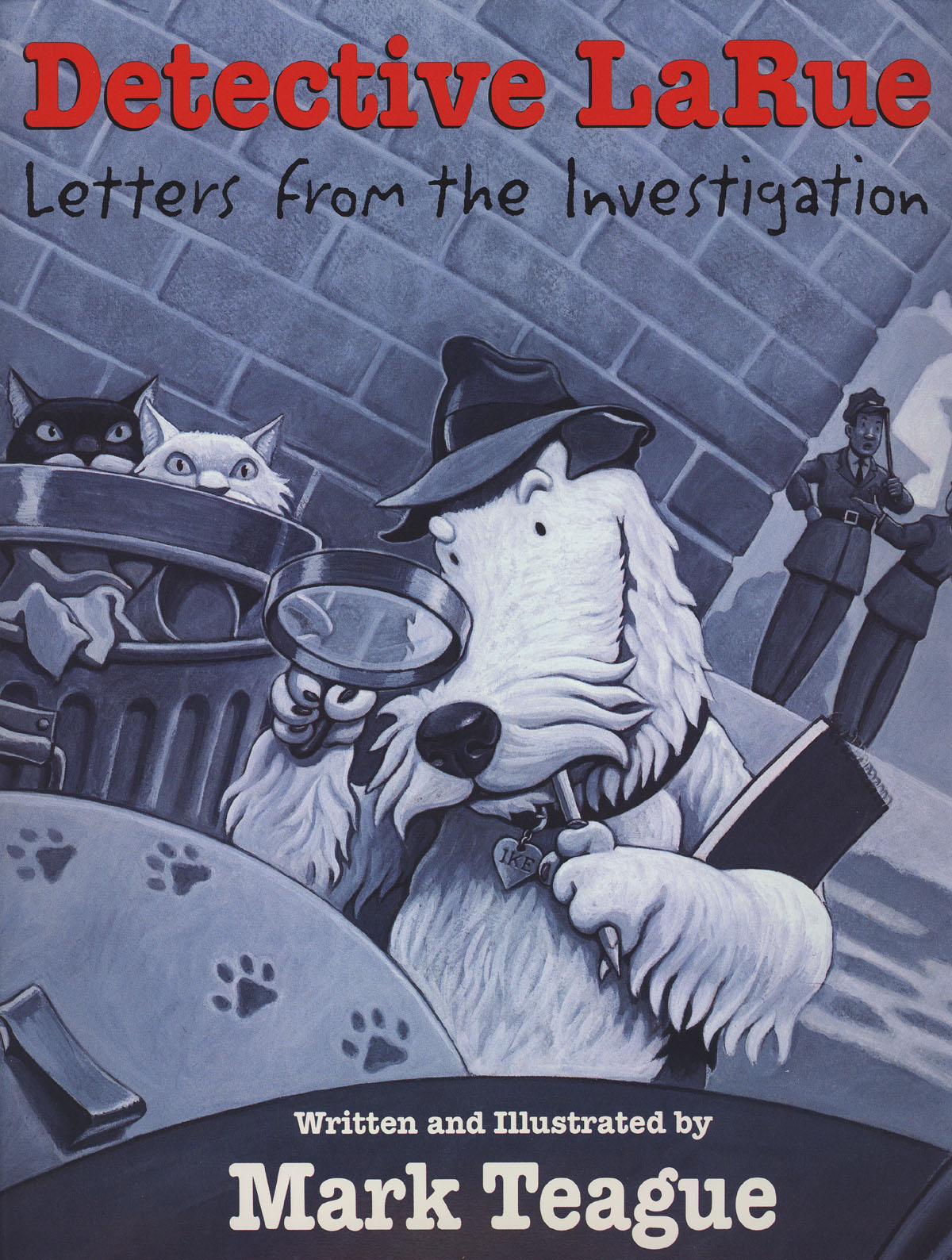
look and touch shiny objects and also find things around them.
|
teach children how to make their own gems and help them hide the gems in the environment, so that the children can hunt for them.
|
Bluebeard has hidden all the precious gems. Can you find them all? Let's see who can find the most valuable gems. Ready? Get set. Go!
Children will have to search for the hidden gems. Once they have found all the gems, they have to sum up the points they earned from the different coloured gems.
Describing
- What do the gems look like?
 - Where did you find the gems?
- Where did you find the gems?Recording
- Can you draw a map to show the location of the gems?
- Can you write down and add the points you've scored?
Reasoning
- How can Pirate Pate hide his treasures better?
- Are there any tools that can help you find the treasures?
Opening Out
- Why did Bluebeard hide the gems?
- How should Bluebeard do when he finds all his gems missing?
Counting
- Counting all the gems that are found in the hunt.
Practicing Arithmetic Skills
- Summing up all the points that they have collected.
Discriminating Colours and Sorting
- Sorting the colours of the gems to determine the value (points) of the gems.
Positions
- Talking about where they found the gems.
For example:
The gem was under the table.
The gem was on the shelf.
The gem was in the box.
Data Recording
- Writing down the points they earned based on the points' chart.
Development of the Activity
Prepare a chart for the different gems and the value points of the gems. Then, get the children to paint the pebbles in different colours and decorate them to look like gems.
Prepare a chart for the different gems and the value points of the gems. Then, get the children to paint the pebbles in different colours and decorate them to look like gems.
The gems are hidden all over the room by the adult. Then, the children will have to hunt for the gems until all of them are found. Once all the gems are found, the children will sort the gems according to the colours and calculate the scores they earned by summing up the points.
Variation of Activity
- Divide the children into groups. Provide each group with a basket to collect the gems. All the group will hunt for the gems at the same time. When the hunt is over, count and see which team has the most gems.
This game is suitable for children who are below age 5 and children who are still unable to calculate arithmetically. - Put the gems into small boxes and bury them all over the garden. Provide spades and buckets for the children to dig out the treasure. Then, sum up all the points earned from the hunt.
This game is great for children to get exposed to mother nature and it stimulates a more pirate-like environment.
One night Jimmy has a dream that a pirate tells him treasure is buried in his backyard. The next day he digs a lot but all he finds is a bone that belongs to his dog, he gets very upset until his mother gives him $5.oo because she's always wanted to dig a hole to put a plant in.
Story retrieved from Children's Literature: The Good and The Bad

Preparation for the mysteries:
PebblesRed, Orange, Yellow, Green, Blue and Purple mural paint Paint Brush Shiny Decorative Items (Glitter, sequence, decorative diamond stickers) |
For each child, you will need:
PaperDrawing and writing Instruments |





















_%E5%89%AF%E6%9C%AC.jpg)



